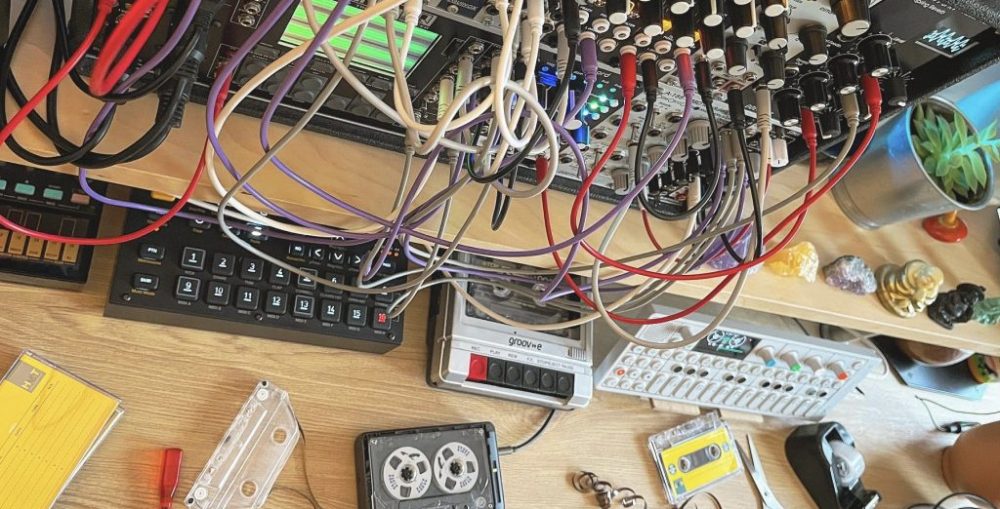Explaining the term Sound Art has been always a quite controversial subject along the years and since its appearance. I think it’s difficult to describe it because it’s really wide and can be extended to many different approaches, from field recording and the creation of soundscapes to experimental music and sound installations, are for me some of the practices which can be involved within Sound Arts.
One of the most common descriptions of the term is that Sound Arts is a discipline of contemporary art where the sound is used as a main material. I think that what differences sound art from music is that apart from a non necessary harmonic structure, in a piece of Sound Art the setting of the performance and the research behind this sonic composition are also an artistic part of it, as well as losing the concept of song or album, therefore it can turn into diverse formats like sounding sculptures, interactive installations or endless video loops.
Some of the early sound artists like Luigi Russolo will be remembered as pioneers in the field for having used bizarre setups to play continuous noises, or the Dadaists, an avant-garde art movement which combined sculptures and sounds recorded on tape machines. In recent years the amount of sound artists has increased notably, becoming a trend among audiophiles and music lovers.
I’m interested in exploring the Sound Arts as a whole because it combines the best of fine art and electronic music. It turns the sonic universe and acoustic phenomena into a fascinating discipline of art, where the artist often engages with the visual component to convey different messages and concepts through the use of sounding waves.
